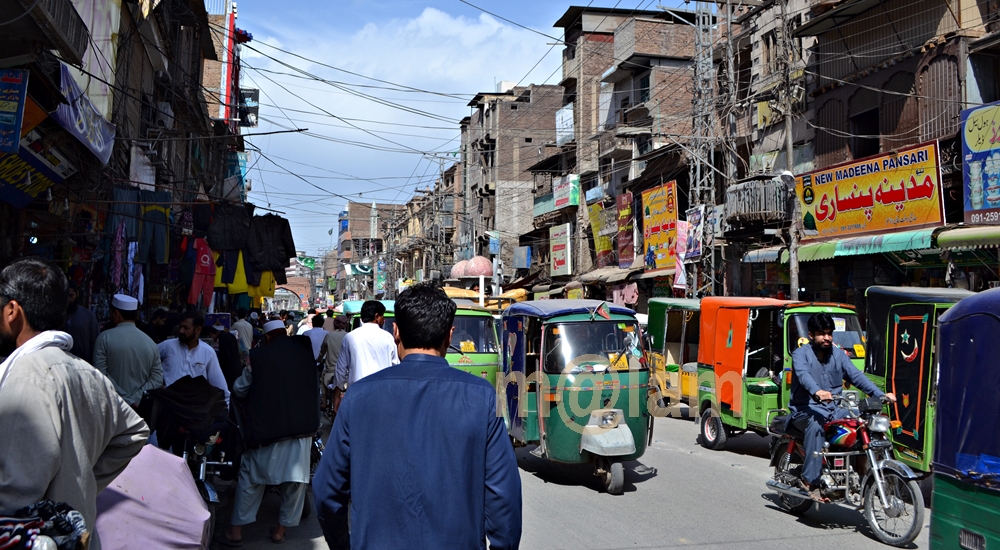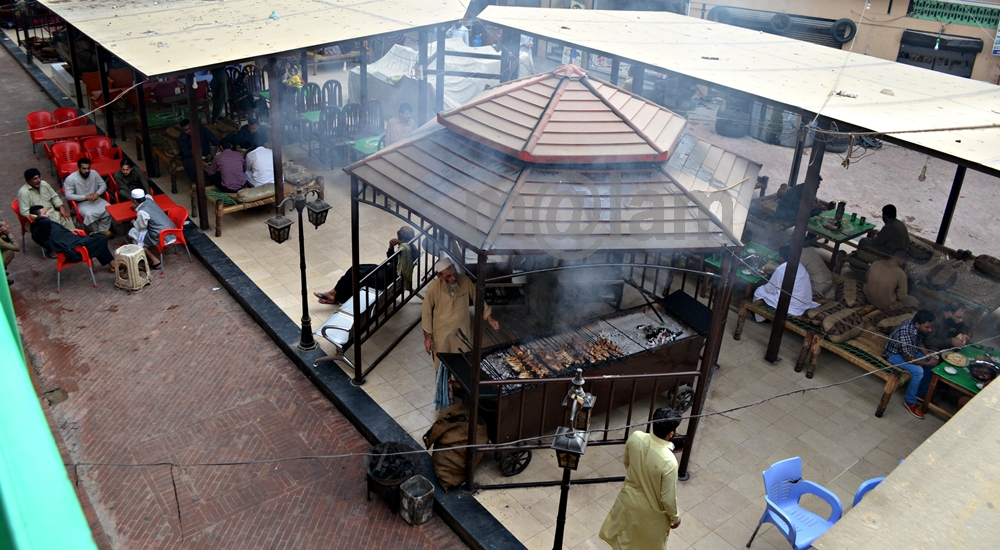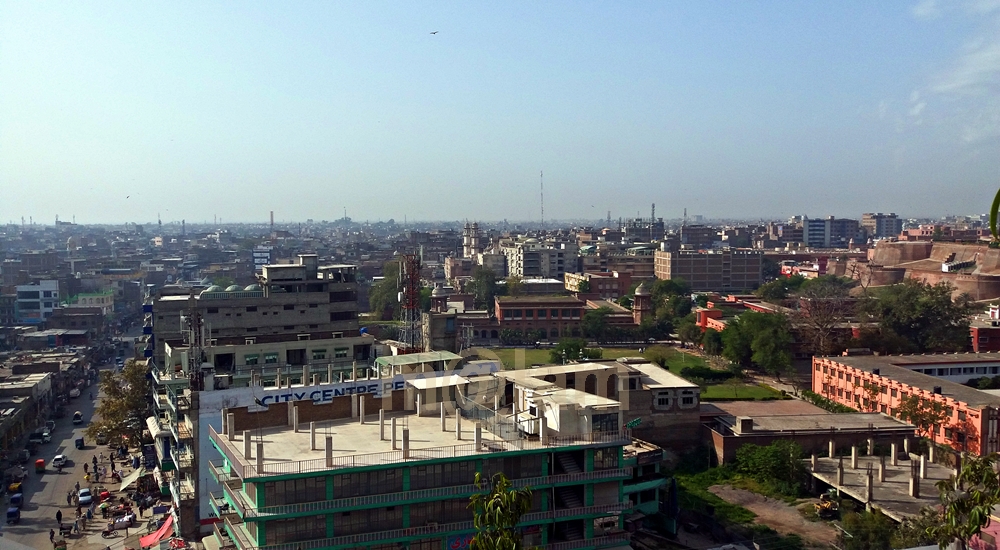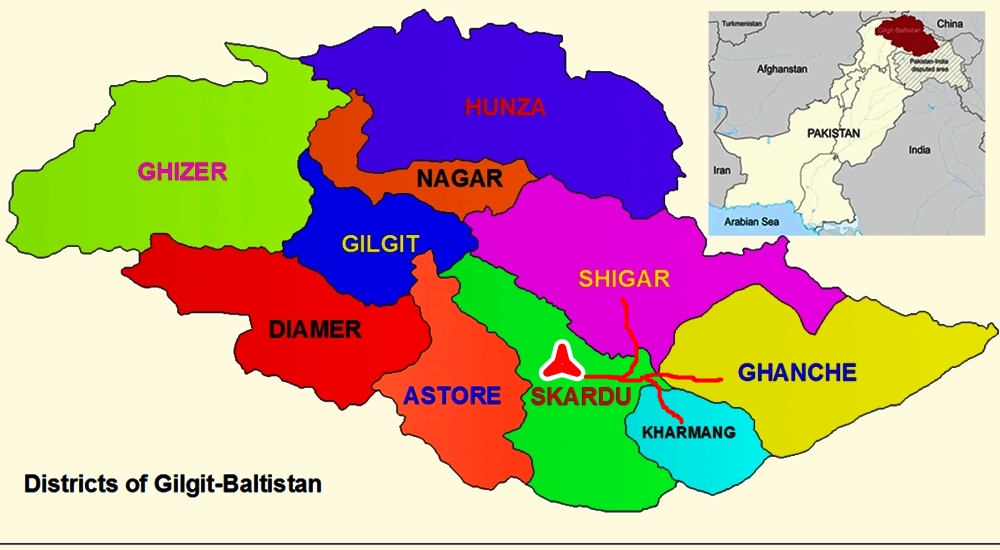Peshawar Tourist Attractions
Peshawar Tourist Attractions are the prominent landmarks governing the city of Peshawar that attract a great volume of domestic and international tourists. Peshawar, a city steeped in the courage of Pashtun heritage, proudly stands as the capital of Khyber Pakhtunkhwa (KPK). It was once known as the North-West Frontier Province of Pakistan. Besides, its strategic location at the crossroads of Central Asia and the Indian subcontinent has bestowed upon it the distinction of being the oldest living city in Pakistan and one of South Asia’s most ancient urban centers. Peshawar has witnessed the rise and fall of civilizations. As a matter of fact, its rich tapestry of history traces back to the Gandhara Civilization, resonating with echoes of the Aryans, Persians, Greeks, Mongols, and Mughals.
As the largest city in KPK and the sixth largest in Pakistan, Peshawar emanates cultural vibrancy and dynamism. Peshawar serves as both the administrative nucleus and economic epicenter of the province. The vibrant city maintains the allure of its historic streets, buildings, and bazaars, with only subtle transformations over the past century. Enthusiastic international travelers include Peshawar as a must-visit destination while exploring Pakistan, drawn to its captivating Peshawar Tourist Attractions.
History of Peshawar
The chronicles of Peshawar unfurl to an ancient era, with historical roots extending back to at least 539 B.C.E. The name “Peshawar,” actually meaning “the frontier city,” was bestowed upon it by the Mughal Emperor Jalal Uddin Muhammad Akbar during an era when it flourished as a prominent trading nexus. It was under the reign of Mughal Emperor Zaheer Uddin Babar that the city was known as Bagram. Throughout history, Peshawar has borne witness to numerous rulers and, consequently, a plethora of names. The city’s lifeblood flows through the intricate web of canals stemming from the Kabul River and its right tributary, the Bara River.
Key Tourist Attractions
As you traverse to explore Peshawar Tourist Attractions, each step, in fact, reveals a chapter of history etched into the city’s fabric. From the regal Bala Hisar Fort to the bustling Qissa Khwani Bazaar, every corner exudes the charm of a bygone era. The treasures of Peshawar await your discovery, inviting you to immerse yourself in a tapestry of culture, architecture, and tradition that stands as a testament to the city’s enduring legacy.
Bala Hisar Fort

Bala Hisar, translating to “the raised or great fort,” is a testament to Peshawar’s illustrious past. Suggested by Afghan King Taimor Shah Durrani, the fort stands majestically atop a high mound in the city’s northwest quadrant. From this vantage point, visitors are treated to a breathtaking panorama of the city’s clustered expanse and the encompassing mountains. Erected by the Mughal emperor Babur following his conquest in 1526, the fort served as a residence for the royal family until its eventual destruction. Though ravaged over time, the fort’s legacy was revitalized by the Sikhs, who reconstructed it using mud, later replaced by British bricks. Presently, military guardians oversee the fort, welcoming visitors on weekends. The fort’s museum showcases a captivating array of retrieved weaponry, attire, photographs, and artifacts, providing a window into history that captivates the senses.
Peshawar Museum

Heralding from the British Colonial epoch of 1905, the Peshawar Museum, known as the “Victoria Memorial Hall,” stands as an architectural fusion. It chiefly reflects British, Hindu, South Asian, Buddhist, and Mughal Islamic influences. Revered across Southeast Asia, the museum boasts an assembly of over 14,000 items, spanning a multitude of civilizations. Sculptures, coins, domestic implements, weaponry, and a diverse range of artistry culled from the Gandharan heartlands—including Shah-Ji-Ki-Dheri in Peshawar, Takht-i-Bahi & Sahri Bahlol in District Mardan, and further excavations from Jamal Garhi and other Gandharan sites—commingle in harmonious resonance, painting an enthralling picture of history.
Mahabat Khan Mosque

The grandeur of Mahabat Khan Mosque, or Muhabbat Khan Mosque, mirrors the Mughal splendor that once enveloped Peshawar. Commissioned by Nawab Mahabat Khan Bin Ali Mardan Khan, the mosque’s foundations were laid during the reign of Mughal Emperor Shah Jahan in 1630. Nestled in the heart of Peshawar’s “Andar Shehar Bazaar,” the mosque’s presence emanates the Mughal kingdom’s penchant for architectural opulence. The edifice, a true marvel, has stood resiliently through time, undergoing a British-led restoration in 1898. Welcoming tourists, it regales visitors with its architectural mastery, a silent ode to the Mughal dynasty’s legacy.
Chowk Yadgaar

The reputed Chowk Yadgaar, once known as the Colonel Hastings Memorial built around 1884-92, resonates with echoes of history. Col Hastings actually was the first British Commissioner of Peshawar. The monument basically serves as a central square within Peshawar’s historic heart. The square’s transformation has witnessed the ebb and flow of time, its architectural metamorphosis symbolizing a microcosm of Peshawar’s evolution. Originally fashioned as a horseshoe-shaped structure, the square has been reborn over generations, emerging as a reflection of Peshawar’s resilience. Named in honor of the heroes of the 1965 war between Pakistan and India, Chowk Yadgaar stands as a testament to the indomitable spirit of the city.
Chitrali Bazaar

At the heart of Peshawar, the Chitrali Bazaar radiates the allure of exquisite craftsmanship. In fact, its legacy traces back to the 1940s, an era of expertly curated woolen creations that once resonated within its bustling lanes. Despite challenges, the bazaar continues to showcase the mastery of Chitrali artisans, echoing tales of a bygone era and endeavoring to reclaim its former glory.
Brass Market

Once a thriving hub of foreign exchange, the Brass Market has seen its golden days and then abruptly came to an end. Its legacy is interwoven with the cultural fabric of Khyber Pakhtunkhwa. Basically, brassware is a symbol of tradition and heritage. It endures through the dedication of local artisans who craft ornate plates, vases, and bowls, offering a glimpse into a heritage that refuses to be forgotten. Actually, the brass and copperware crafted by old artisans of Peshawar still could not be matched anywhere in the country.
Cunningham Clocktower or Ghanta Ghar

The Cunningham Clock Tower (also named clock house), affectionately known as Ghanta Ghar, stands as an embodiment of Peshawar’s post-independence identity. The Cunningham Clock Tower was built in 1900 in commemoration of the Diamond Jubilee of Queen Victoria. Its foundation stone was laid by Sir George Cunningham himself. The clock displayed in this tower is one of the pair (the second one is in England) presented by Queen Elizabeth.A tribute to the Diamond Jubilee of Queen Victoria, the tower’s four-tiered grandeur graces the cityscape, serving as both a historical landmark and a navigational guidepost for the inquisitive traveler.
Qissa Khwani Bazaar or the Storytellers Street

The Storytellers Street, commonly known as the Qissa Khwani Bazaar, weaves a captivating narrative that stretches back a millennium. Once a haven for traders and travelers, this bustling alleyway bore witness to the exchange of tales, knowledge, and culture, with the aroma of local green tea infusing the air. A poignant memorial stands as a testament to the street’s role in the nation’s struggle for independence, etching its story into the annals of history. In the center of the street, the two monuments erected were in memory of the massacre of 23rd April 1930, when the British army killed some 400 demonstrators on this street, in the independence movement. The American writer and traveler Lowell Thomas and Peshawar’s British commissioner Herbert Edwardes called it “the Piccadilly (a famous 1.6km straight and wide road in Westminster, London, connecting central London with some key regions) of Central Asia“.
Gorkhatri

The Gorkhatri (Warrior’s Grave) archaeological complex unfolds as a hidden treasure within the heart of Peshawar. In fact, Jahanara Begum’s 17th-century Mughal-era caravanserai was designed to facilitate journeys between India and Central Asia. It actually continues to stand as a testament to architectural ingenuity. With layers of history concealed beneath its surface, Gorkhatri showcases Peshawar’s timeless connection to a bygone era. Gorkhatri’s giant stupa of Indian King Kanishka the Great was identified by Alexander Cunningham. The complex has also remained a governor’s mansion during Sikh rule and it also contains a neglected Hindu temple. The many strata in its 15 m below-the-ground archaeological excavations reveal the history of Peshawar to well before the Greeks and Kushans. It authenticates the claim that Peshawar has been one of the oldest living cities in South Asia. Moreover, the small museum and the fire brigade’s two vehicles on the premises are worth a visit.
Sethi Street

The Sethi Street is a tribute to architectural brilliance and stands as a testament to the Sethi family’s legacy. The oriental-style houses are a symphony of art and innovation and epitomize the essence of Muslim art and architecture. It is located between Cunningham Clock Tower and the Gorkhatri complex. The Sethis are known to have migrated to Peshawar from Bhera, Punjab when the Sikhs established their rule in Punjab. In fact, the Sethi family initially built twelve mansions; five were demolished later, however. While the seven impressive houses still survive presenting the best models of the houses of the early 20th century. Amid the labyrinthine streets, this enclave exudes a magnetic charm, inviting visitors to relive a bygone era. The Sethis were affluent traders having businesses in China, India, Afghanistan, Iran, and several cities in Central Asia. Besides business, the family contributed to considerable welfare work in Peshawar.
Sethi House

Karim Bakhsh Sethi’s masterpiece, the Sethi House built in 1884, weaves a tale of architectural opulence. This oriental-style highly embellished building covering 33 Marlas presents unique architectural values. Its eye-catching wood craftsmanship, water supply system, natural light supply, and cross-ventilation facilities undoubtedly speak of its architectural feat. Built primarily out of bricks, wood, sand, and jute; Sethi House comprises a double basement, a ground floor with outside access, and a top floor. The main courtyard of the house on the ground floor is surrounded by wooden balakhanas and its beauty lies in the wood carpentry and carvings as most of the construction is of high-quality wood. Embellished with intricate carvings and stained glass, the house transports visitors to an era of refined aesthetics. Preserving its heritage, the house has metamorphosed into a cultural sanctuary, offering a glimpse into Peshawar’s artistic and architectural heritage.
Islamia College

Nestled within Peshawar’s embrace, Islamia College stands as an emblem of educational excellence. It was founded in 1913 by personal initiatives led by Sir S.A. Qayyum and Sir George Roos Keppel. Islamia College is, in fact, one of the oldest institutes of higher education in Pakistan. This institution has undoubtedly shaped minds for generations, offering a diverse array of disciplines that mirror the essence of knowledge and enlightenment. Additionally, the iconic Victorian-style edifice graces the cityscape, a testament to the enduring power of education. Moreover, the prestigious building was featured on the country’s Rs. 1000 currency bill.
Smugglers’ Bazaar (Karkhano)

The famous Smugglers’ Bazaar, nestled on the fringes of Peshawar, beckons shoppers with its array of imported treasures. The bazaar is basically laden with cut-price electronics, fabrics, and household essentials The Smugglers’ Bazaar undoubtedly resonates as a haven for those seeking quality imports. It is accessible via the Peshawar BRT and offers a shopping experience that transcends borders.
Bab-e-Khyber

Standing tall at the entrance to the Khyber Pass, Bab-e-Khyber embodies the spirit of exploration. This post-independence structure was built in 1964 by Field Marshal Ayub Khan. As the portal to a journey into history and culture, this monument ushers travelers into a realm of wonder. Moreover, adjacent to the historic Jamrud Fort, it serves as a sentinel, guarding the threshold to Pakistan’s rugged frontier. The Khyber Gate is about 16 km from the main city and takes about 30 min to reach. This post-independence structure was built in 1964 by Field Marshal Ayub Khan. The historic Jamrud Fort is located adjacent to the Khyber Gate.
Jamrud Fort

Standing sentinel at the crossroads of history, the Jamrud Fort whispers tales of conquest and resilience. Built by Hari Singh Nalwa(1791-1837) and lost by the Afghan Durrani Empire, this fort was a bastion of Sikh dominion, marking the western frontier of their empire. The construction of the fort was completed in 54 days with the help of 6,000 soldiers. It was originally named Fatehgarh to commemorate the Sikh victory over the disunited tribes. Its towering ramparts and watchtowers resonate with the spirit of a bygone era. With 6-yard high walls with cannon-installed security watch towers. Also, its construction resembles that of Balahisar Fort in Peshawar. Another separate tower about 12 feet high is attributed to Hari Singh Nalwa.
Charsi Tikka

When the flavors of Peshawar beckon, Charsi Tikka emerges as an iconic culinary haven. Renowned for its delectable Afghan dish, Charsi Tikka or Namak Mandi excites the senses, weaving a culinary narrative that goes beyond boundaries. Amid the aromatic embrace of BBQ and the enchanting ambiance, Charsi Tikka invites all to savor a gastronomic journey like no other.











